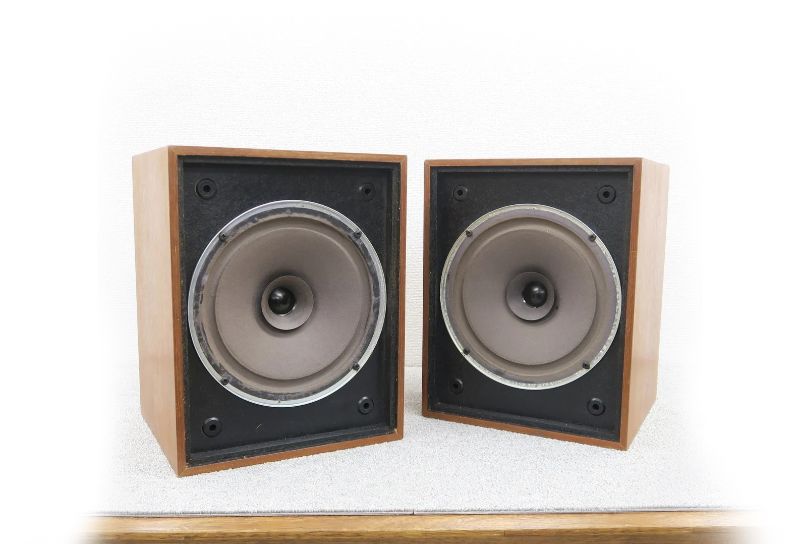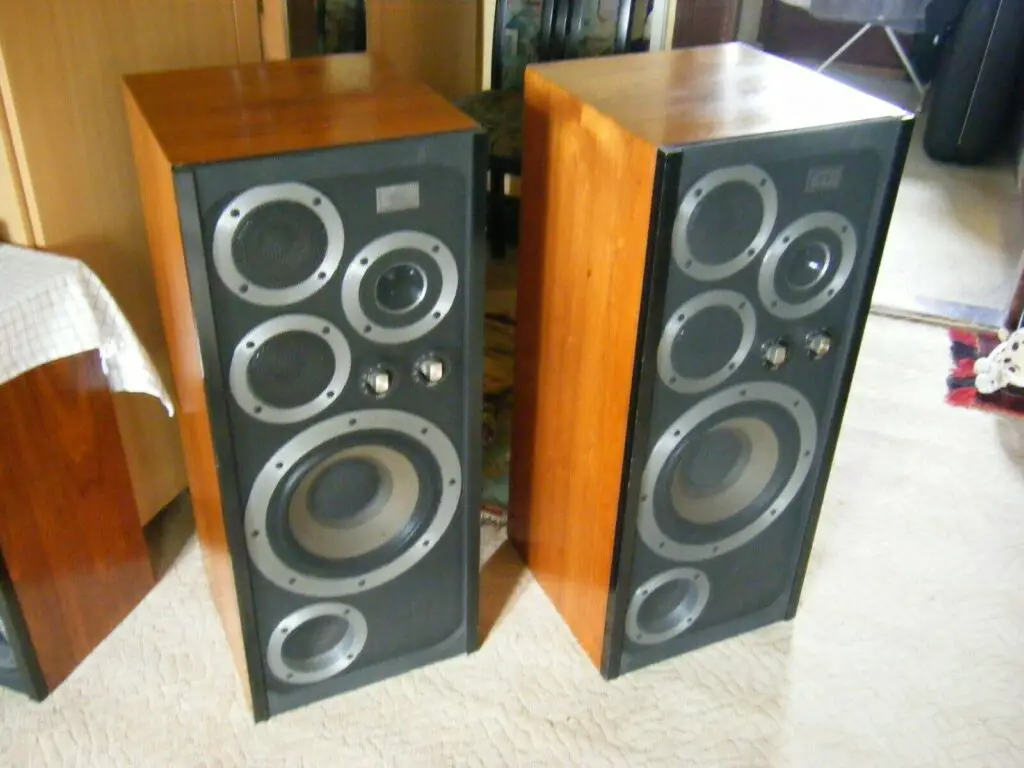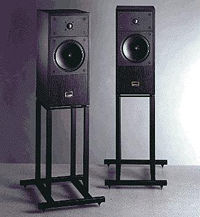It’s funny how certain things make a big splash when they first come out, but then fade into obscurity once they’ve been phased out. The Gale GS401 speaker is an example of this, having earned the CES Design and Engineering Excellence Award in 1978, only to fade into obscurity a decade later. The 401 was known for being a huge, strong, punchy sounding loudspeaker with a very clean monitor sound that didn’t distort even at high levels, in addition to its attractive appearance.
It was available in three different forms, with the A being the elegant chrome-capped model shown here. This version is said to have been designed by Australian industrial designer Jon Bannenberg, who later went on to build luxury boats. It was electrically similar to the 401B and C, other from that. The B lacked a curved grille, but the C did. The speakers were hand-assembled at a workshop in Bruton Place, London’s upscale Mayfair quarter, and the range was released in April 1973. The price was initially £180 each pair, but due to the inflation that afflicted the UK in the 1970s, it swiftly increased.
The use of two 200mm bass speakers in conjunction was unique at the time (single, bigger woofers were the standard). The drivers crossed over at 475Hz and 5kHz, according to the manufacturer, and the frequency response was 55Hz to 20 kHz (+/- 3 dB). The Celestion HF2000 tweeter and Peerless K040 midrange driver had level controls on all models, while the Acoustic Research style-woofers were left to their own devices.
The 401 featured a moderately high power handling of 60W by today’s (albeit low) standards, and poor sensitivity, thanks in part to its infinite baffle cabinet design – some dubbed it “the amp killer” at the time because of the low impedance loads it imposed on the partnered electronics. The 401A’s 330x270x605mm enclosure was constructed with high-density 18mm fiberboard and significant internal bracing. Due to stylistic variations, other 401 models had somewhat varied cabinet dimensions.
Gale’s 401 loudspeaker was revolutionary at the time. It’s easy to see how unusual it was and still is when you consider how few three-way, infinite baffle loaded stand mounters are available currently. It’s no longer considered a trash shop discovery, and more and more well-restored versions are being available. This is a must-have if you’re seeking for a retro futuristic bachelor pad partner, or simply want something that sounds different than current speakers.






